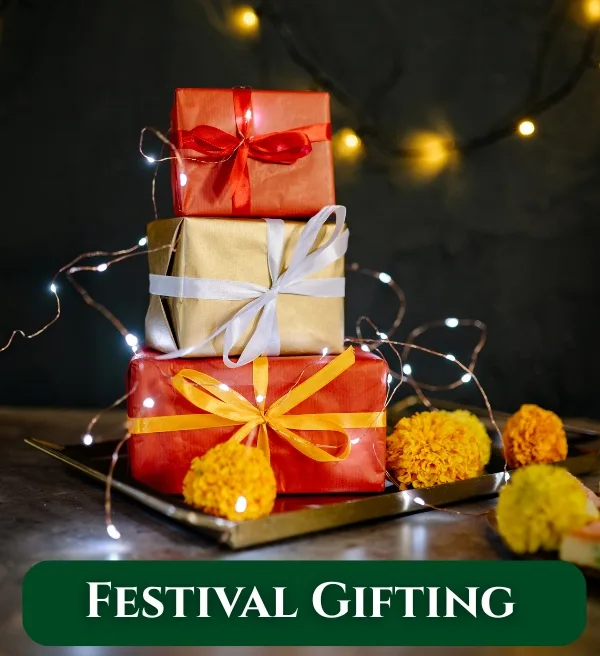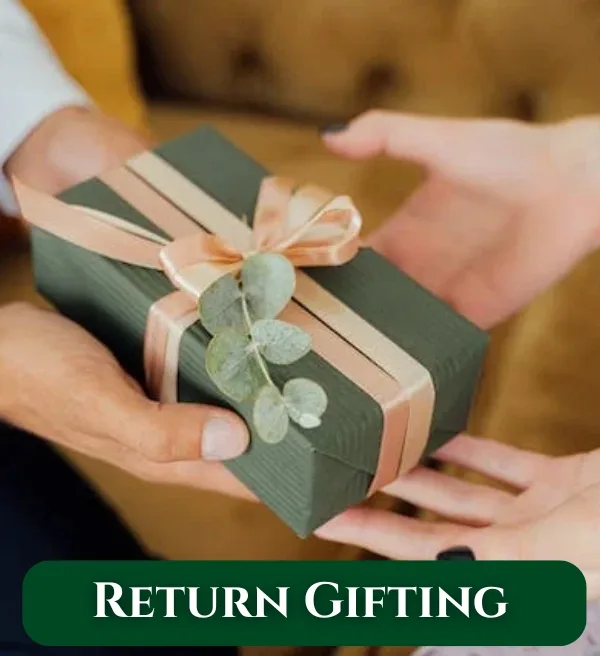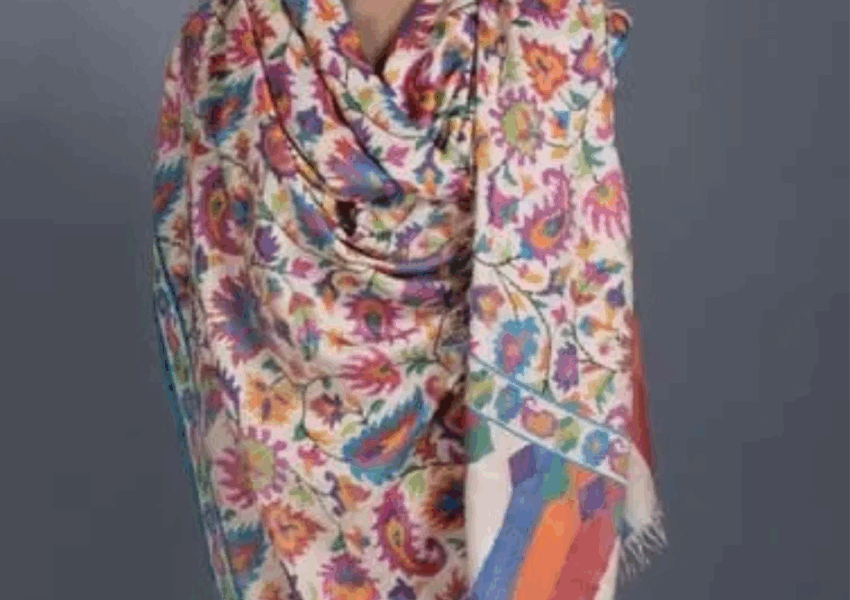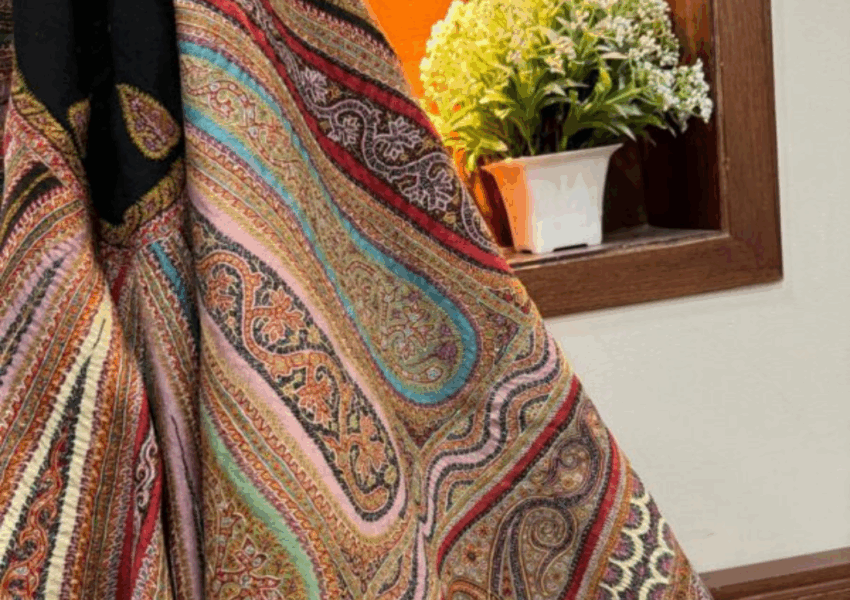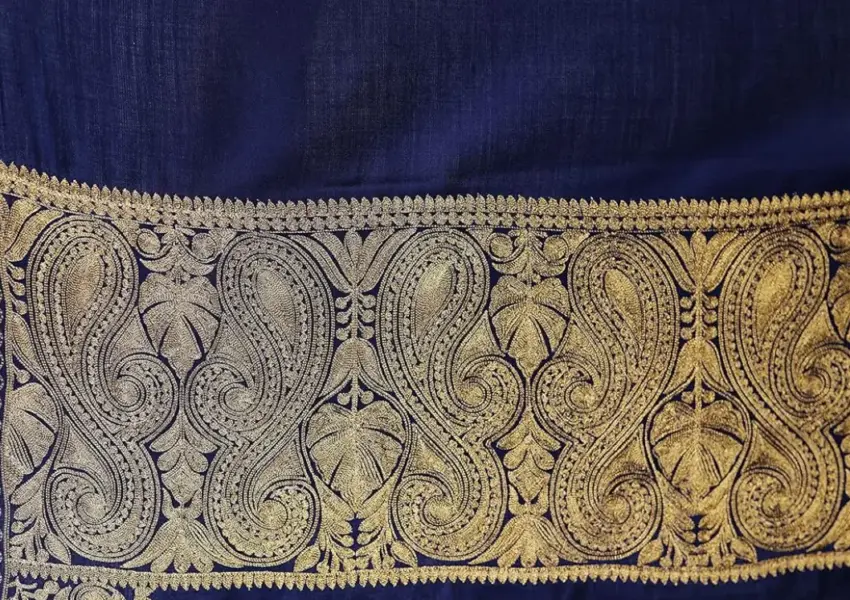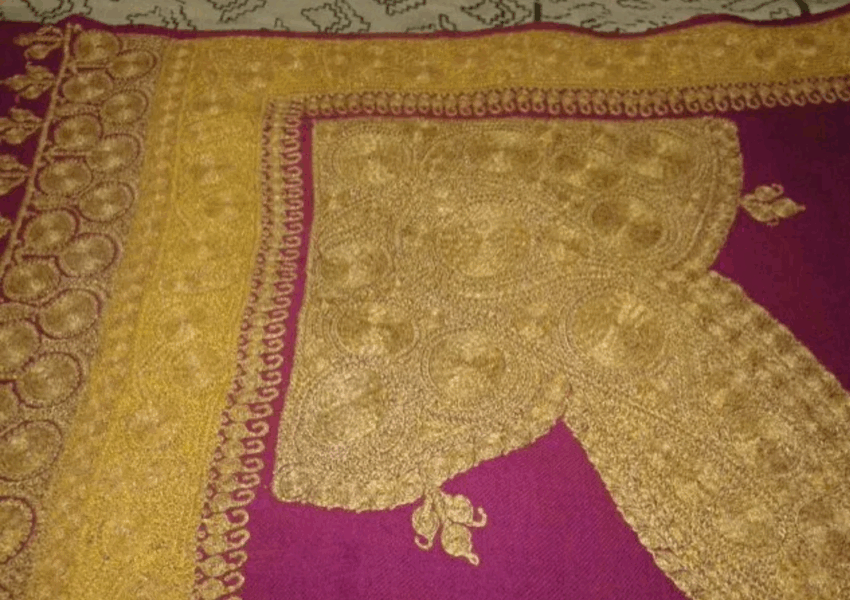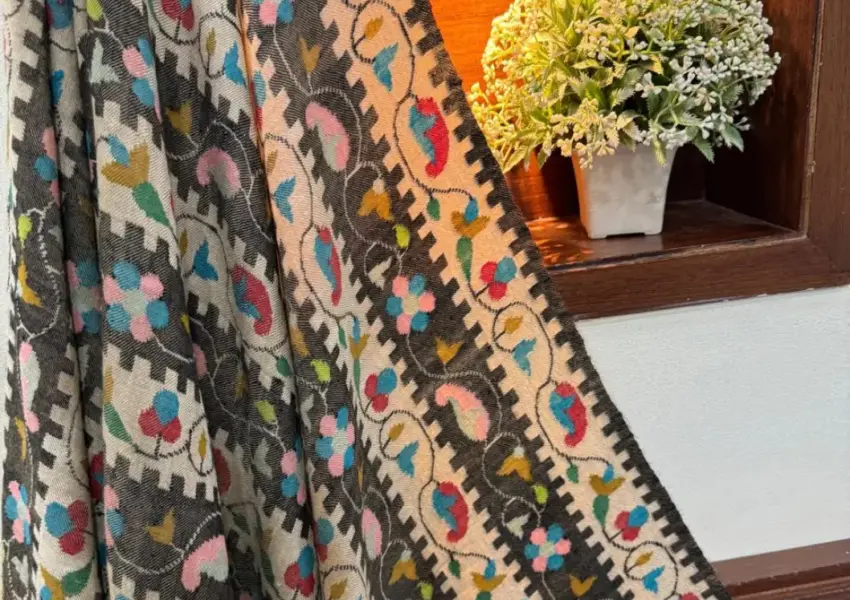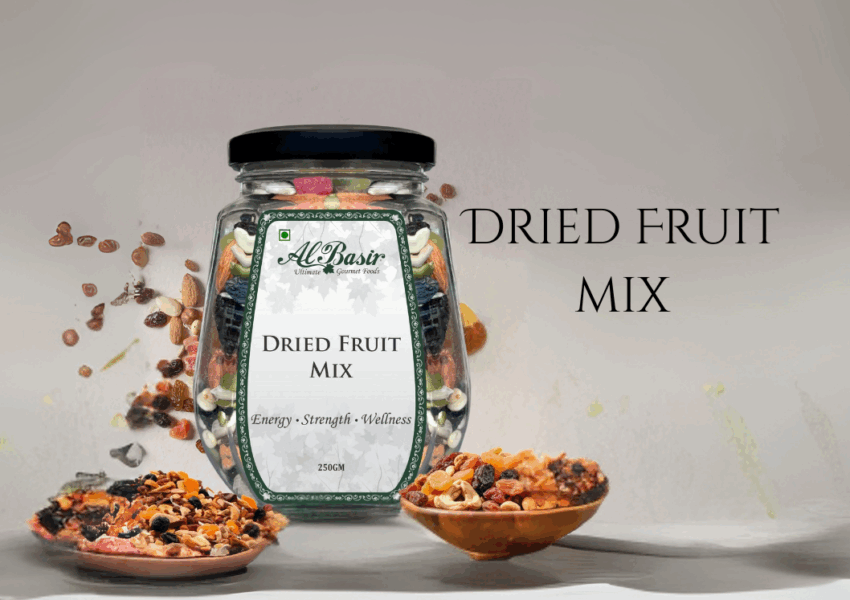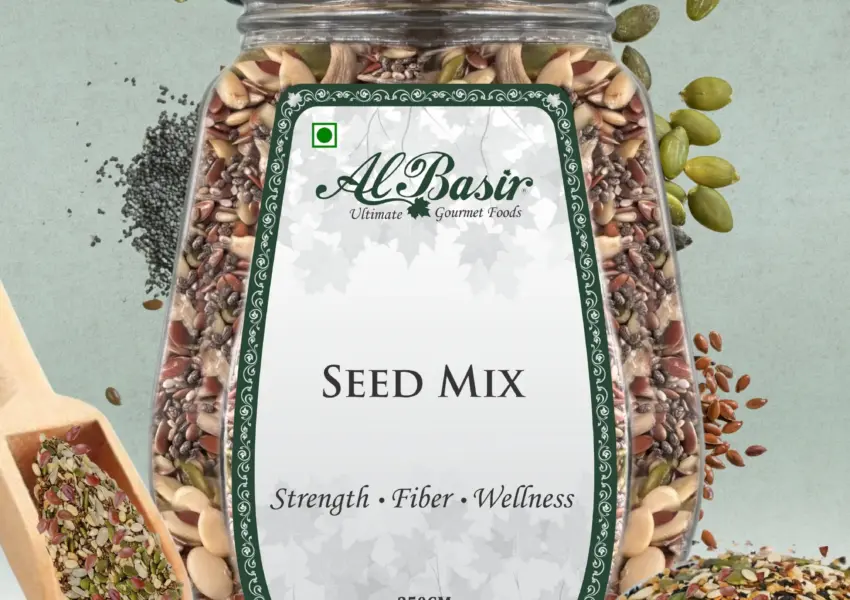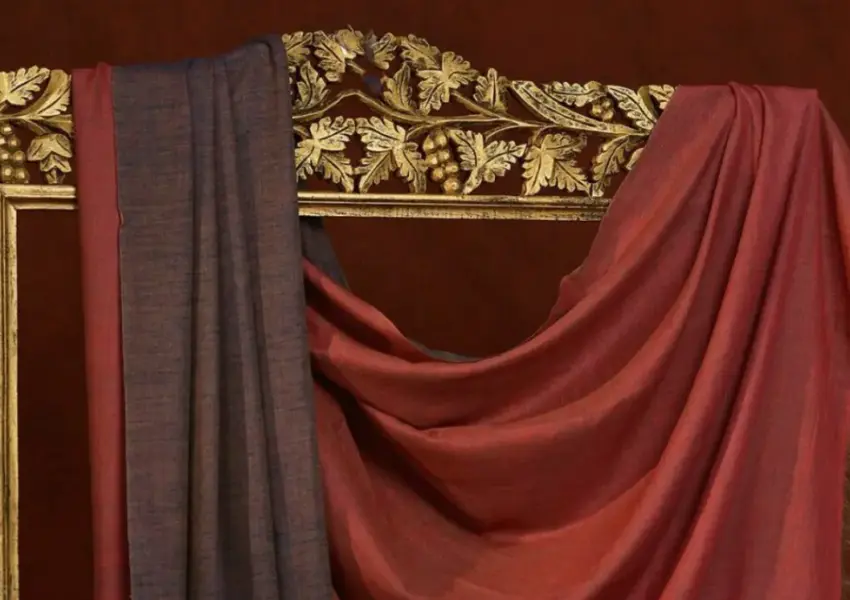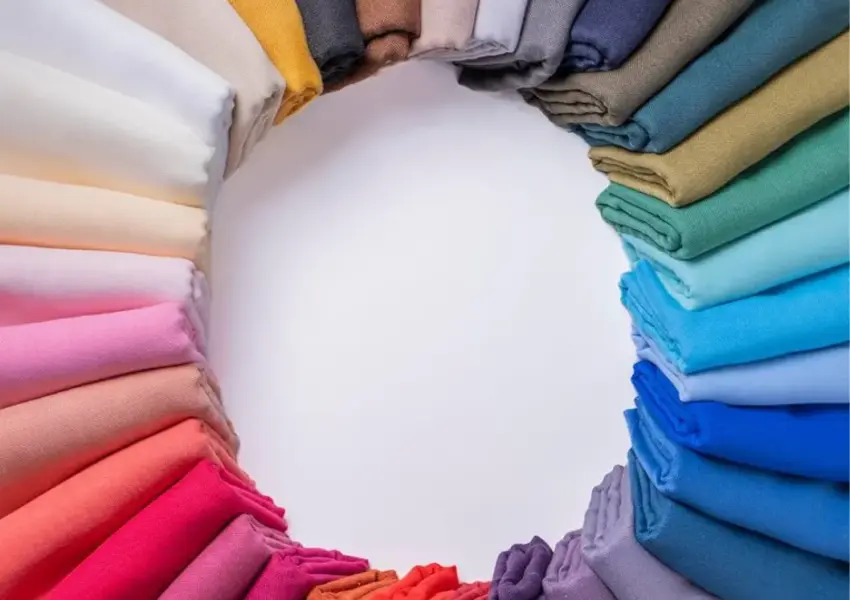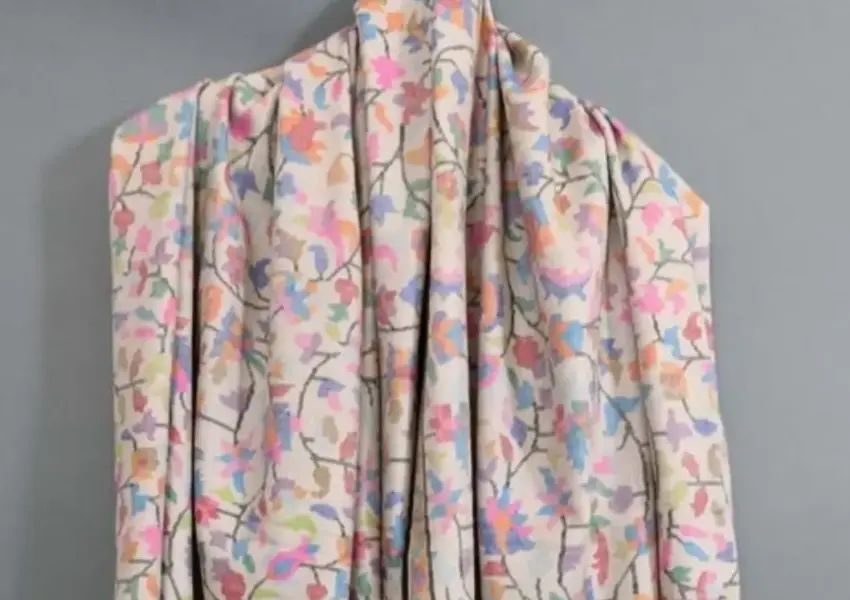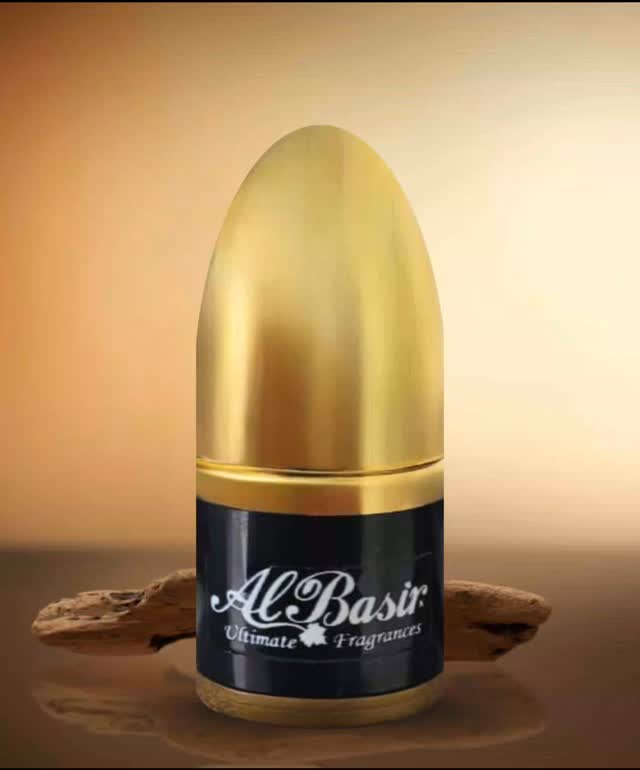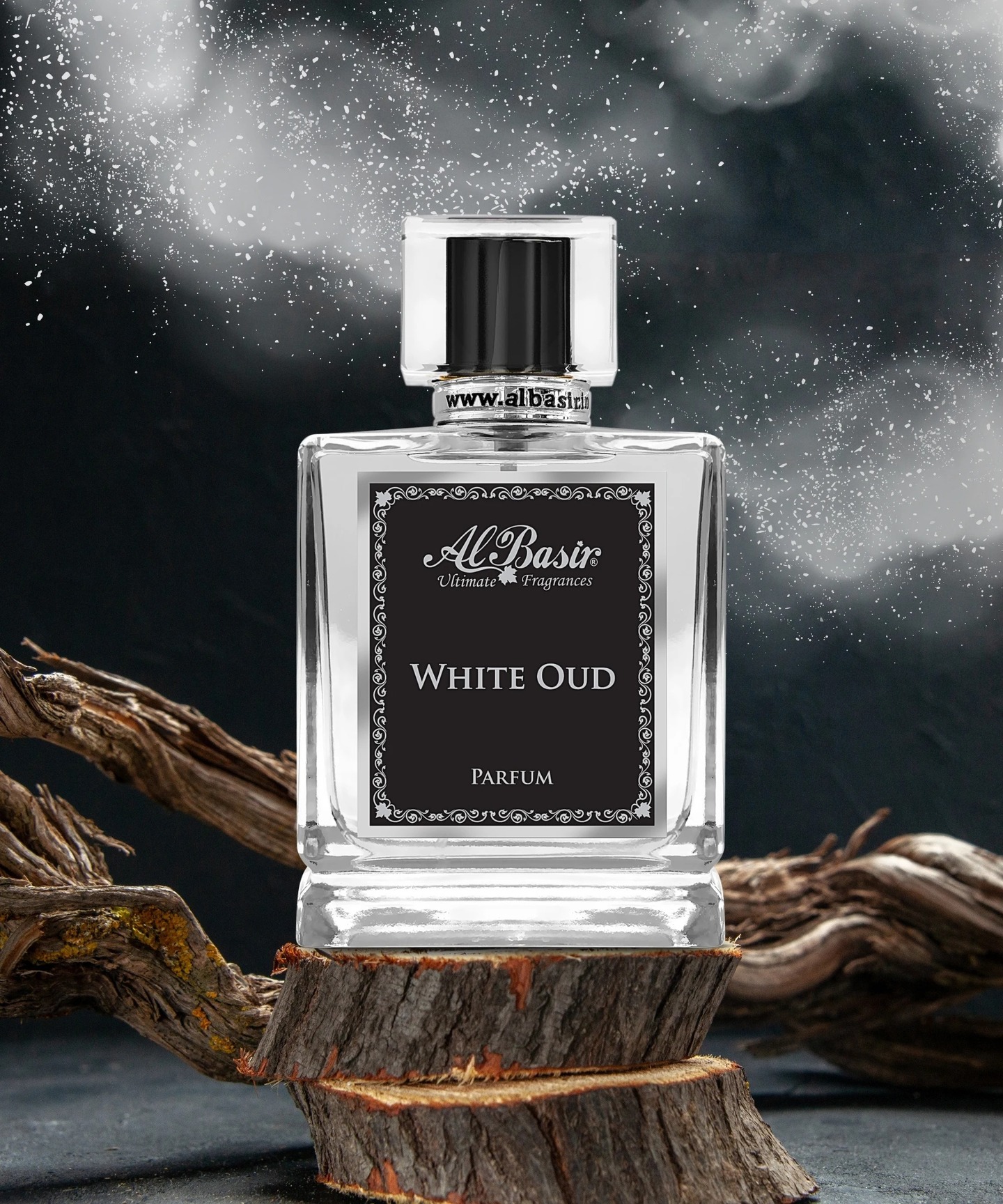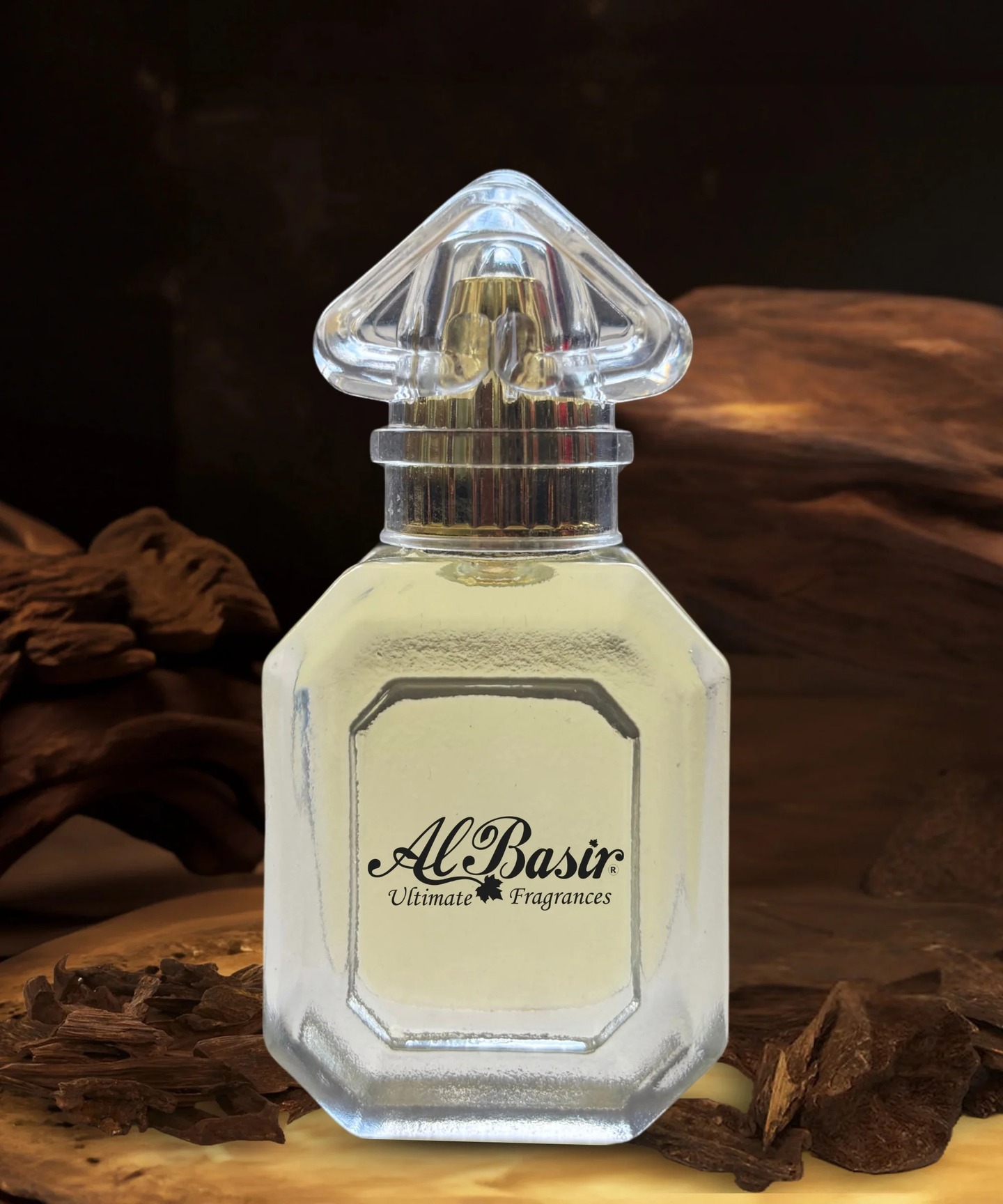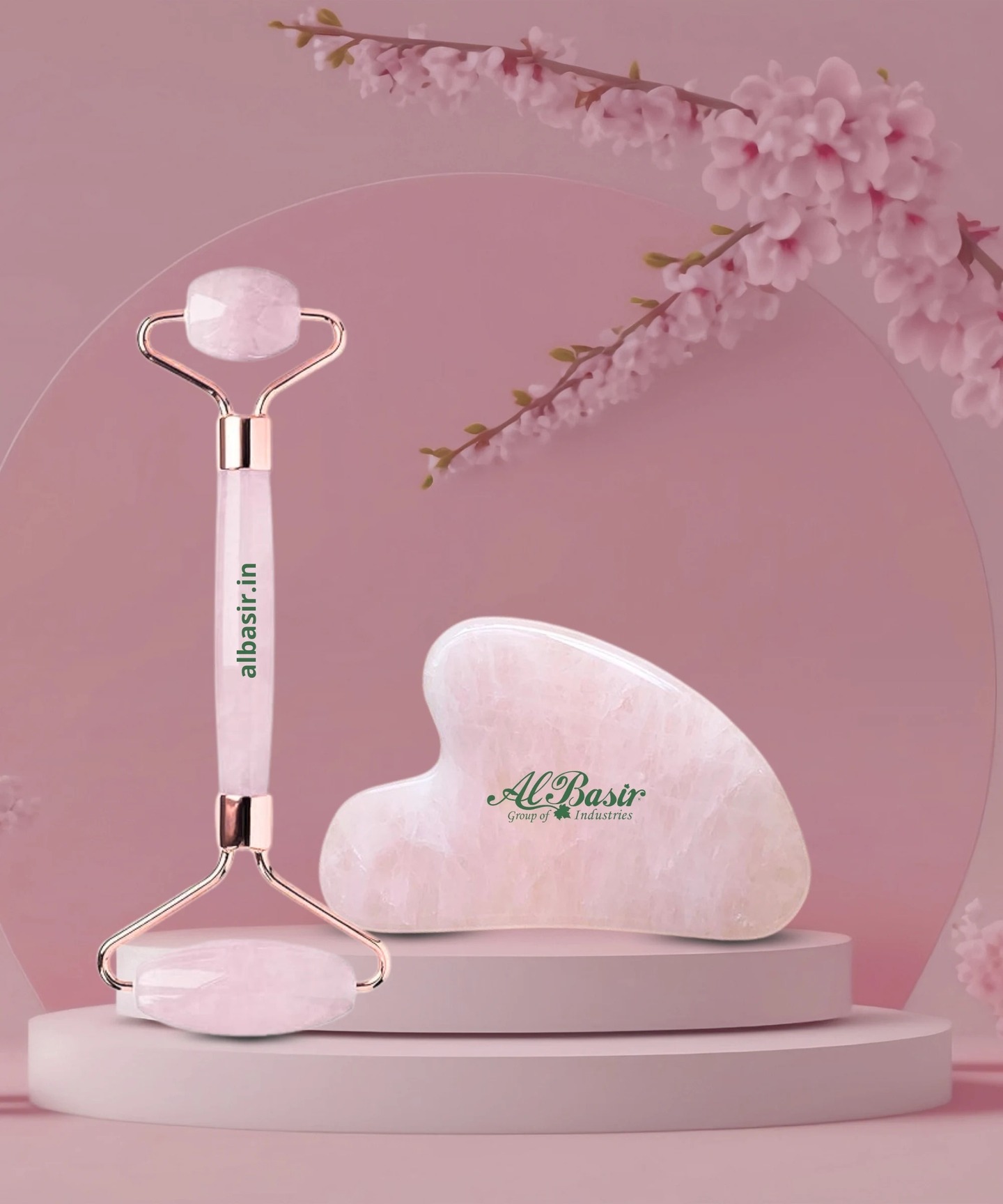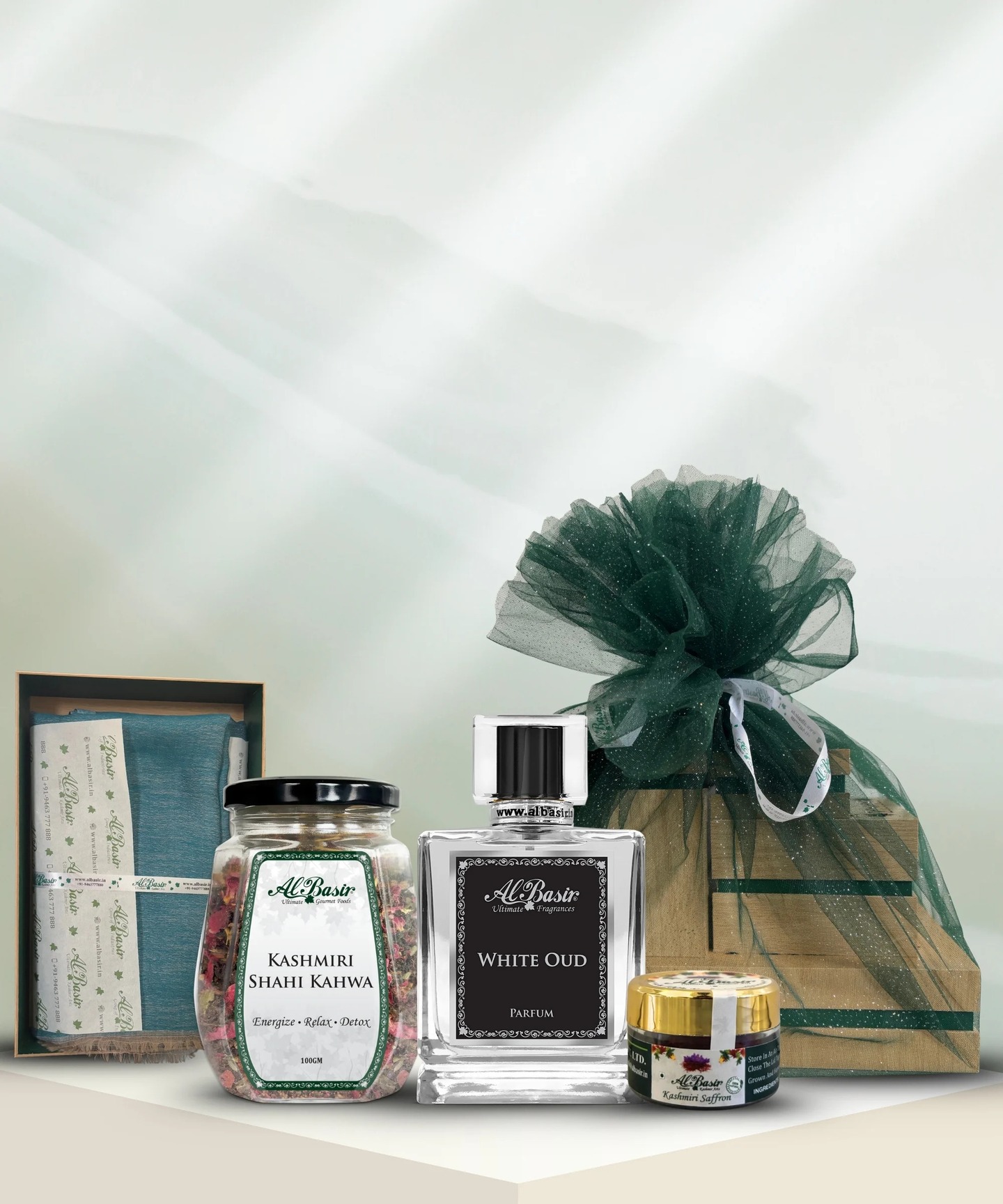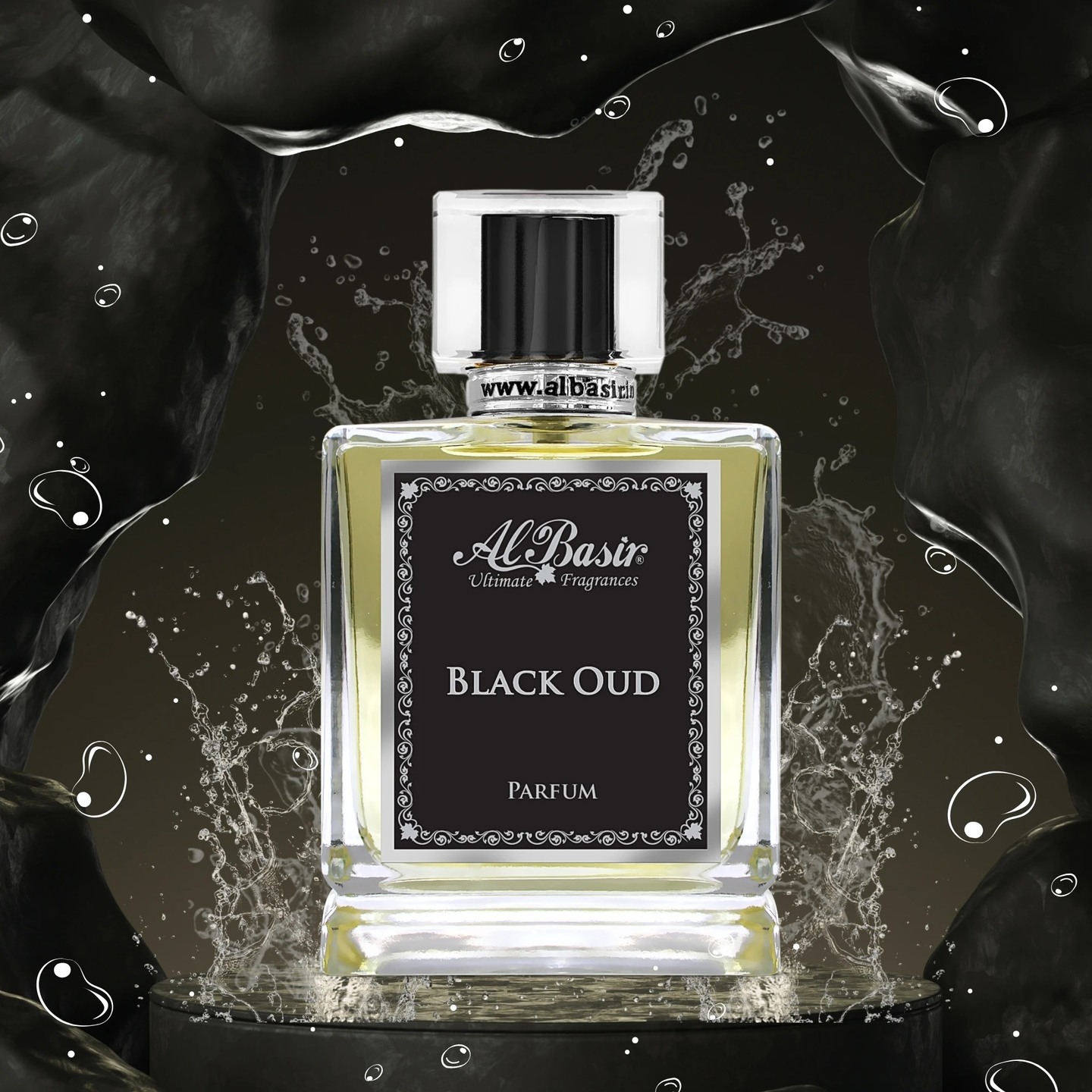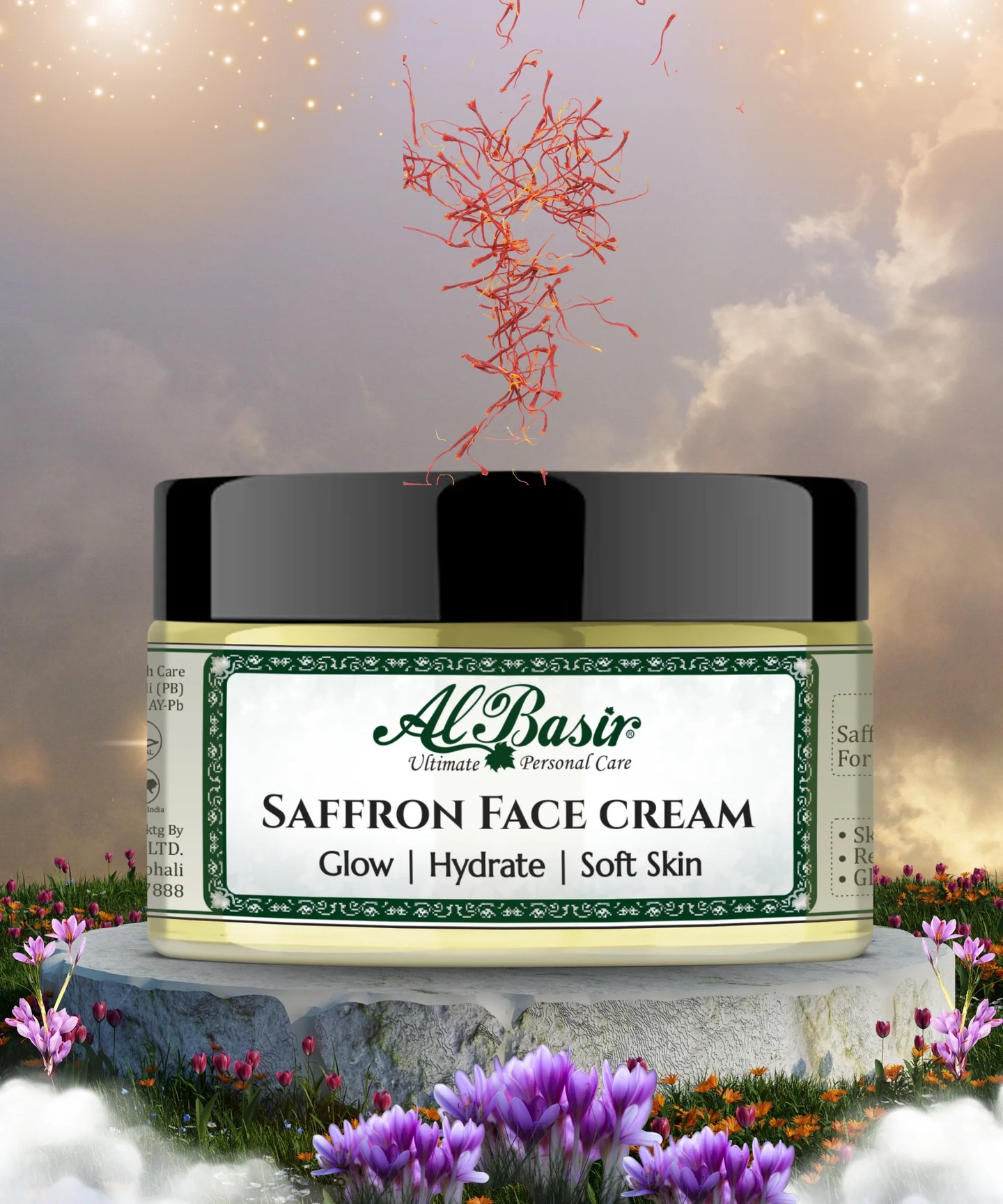What Is an Antique Appliqué Work Shawl?
An antique appliqué work shawl is a textile treasure where delicate patches of colored fabric are meticulously hand-stitched onto a richer base, creating ornate, layered patterns—commonly floral, geometric, or mythological in theme. This technique, found across India—from Pipili (Odisha) to Barmer (Rajasthan)—often features vibrant motifs appliquéd onto contrasting backgrounds, sometimes enhanced with mirrors, beads, or sequins for added sparkle.
How Is an Antique Appliqué Work Shawl Made?
- Concept & Design Transfer
The journey begins with a drawn design—often floral, geometric, or inspired by cultural motifs—outlined on the base fabric using tracing techniques. In Pipli (Chandua appliqué), artisans create mirror-like stencils tracing the design before cutting the motifs.
- Cutting the Motifs
Details take shape as fabric is cut into motifs—flowers, birds, leaves, or abstract patterns—in contrasting colors. Techniques include both standard appliqué (attaching fabric patches) and reverse appliqué (cutting out shapes to reveal the layer beneath).
- Layering & Attaching Patches
Motifs are layered and hand-stitched onto the base. Stitch styles like bakhia, guntha, turpa, chikan, or buttonhole secure the patches and add detailed texture—sometimes with mirrored bits or metallic accents for added shimmer.
- Regional Styles of Appliqué
Pipli (Odisha) – Known for temple canopies and festival textiles using bold, colorful motifs.
Rajasthan (Gota Patti) – Metallic ribbon-based appliqué creating regal, shimmer-filled designs.
Uttar Pradesh (Phool Patti ka Kaam) – Fine floral and leaf motifs appliquéd onto muslin—relics of Mughal elegance.
- Embellishment & Finishing Touches
To uplift the artwork, artisans add decorative elements like mirrors (shisha), beads, or metalwork. Stitches are refined, edges are neatly finished, and the entire piece is smoothed, pressed, and prepared for display or use.
Why Are An Antique Appliqué Work Shawls So Expensive?
- Rare & Luxurious Fabrics
These shawls are crafted from premium materials such as fine cotton, silk, or muslin, chosen for their exceptional texture, durability, and suitability for layering appliqué motifs. The rarity and quality of these textiles significantly raise their value.
- Time-Intensive Handcraft
Creating one of these shawls involves a meticulous process: sketching designs, cutting appliqué motifs by hand, and carefully stitching them onto the base fabric using traditional stitches like bakhia, guntha, or chikan. Some pieces also feature hand-applied embellishments like mirrors and sequins. The labor alone—often measured in weeks or months—justifies their cost.
- Masterful Artisanal Skill
These shawls are cultural heirlooms, crafted using centuries-old techniques passed down through generations. Regions like Pipli, Rajasthan, and Gujarat are well-known for their unique appliqué traditions. The artistry involved requires deep expertise and artistic intuition.
- Scarcity & Exclusivity
Each shawl is handcrafted, making every piece one-of-a-kind. Limited production, combined with global admiration for artisanal work, drives up demand and rarity—adding to their value.
- Heritage & Historical Significance
These aren’t just fashion items—they’re tangible pieces of cultural legacy. Historically, such shawls were used in ceremonies, festivals, and as symbols of status. Owning one links you to traditions and craftsmanship that span centuries.
- Heirloom & Investment Value
Much like art or vintage textiles, antique appliqué shawls often appreciate over time, especially when well-preserved. Their rarity, craftsmanship, and cultural resonance make them cherished family heirlooms—and sound investments.
Types of Antique Appliqué Shawls
1.Pipli (Chandua) Shawl Bright, bold appliqué with layered fabric motifs—often floral, fauna, or mythological—used historically for festival canopies and temple decorations.
2.Phool‑Patti Ka Kaam Delicate appliqué on fine muslin featuring flowers and leaves—crafted in “Badi-patti” (larger motifs) or “Choti-patti” (small diamond shapes) styles.
3.Gota Patti Shawl Glamorous ribbon appliqué using metallic gota trims (gold or silver) applied on fabric—popular in bridal and festive wear for its regal sparkle.
4.Phulkari-Inspired Appliqué Combines Phulkari’s bold embroidered floral patterns with appliqué for a vibrant, textured effect. This blend adds depth to traditional Punjabi motifs.
5.Shamiana Appliqué Ornate appliqué used in decorative tent canopies—featuring layered fabric motifs to embellish ceremonial structures in Mughal-era style.
6.Tharu Appliqué Unique, colorful appliqué crafted by the Tharu community of Terai (Nepal/India). Bold motifs and vibrant fabrics define this expressive folk art.
Difference Between Handmade & Machine‑Made Antique Appliqué work Shawls
Craftsmanship & Design
Handmade Shawls: Crafted by skilled artisans using traditional techniques, these shawls often feature intricate designs that reflect cultural heritage. Each piece is unique, with slight variations that add to its charm.
Machine-Made Shawls: Produced using automated processes, machine-made shawls tend to have uniform patterns and finishes. While efficient, they may lack the nuanced artistry found in handmade pieces.
Quality & Durability
Handmade Shawls: Typically made from high-quality materials, these shawls are known for their durability and luxurious feel. The manual weaving process allows for greater attention to detail, resulting in a superior product.
Machine-Made Shawls: While cost-effective, machine-made shawls may not match the longevity and tactile quality of handmade ones. The rapid production process can sometimes compromise the integrity of the materials used.
Historical & Cultural Value
Handmade Shawls: Often associated with specific regions or communities, these shawls carry historical and cultural significance. They can serve as valuable collectibles or heirlooms, preserving traditional craftsmanship.
Machine-Made Shawls: Generally produced for mass markets, these shawls might not hold the same cultural weight or historical value as their handmade counterparts.
Identifying the Difference
To distinguish between handmade and machine-made antique appliqué shawls, consider the following:
Examine the Edges: Handmade shawls often have irregular or hand-finished edges, whereas machine-made ones typically feature straight, uniform edges.
Inspect the Stitching: Look for inconsistencies or unique stitching patterns in handmade shawls, which are indicative of manual work. Machine-made shawls usually display consistent, even stitching.
Feel the Fabric: Handmade shawls may have a more textured or varied feel due to the natural materials and handcrafting process. Machine-made shawls often feel smoother and more uniform.
Benefits Of An Antique Applique Work Shawl
Timeless Artistic Beauty : Each appliqué piece is handcrafted with intricate motifs and patterns, showcasing heritage-rich artistry that never goes out of style.
Rare & Unique : No two antique shawls are alike — their uniqueness makes them exclusive collector’s items and a true reflection of individuality.
Cultural Legacy : Wearing one connects you to centuries-old textile traditions, celebrating the rich cultural history of the region where it was crafted.
Heirloom-Worthy Investment : These shawls hold lasting value, both emotionally and financially. Passed down generations, they become cherished family heirlooms.
Eco-Friendly Fashion : Made using traditional techniques and natural fabrics, antique appliqué shawls support sustainable fashion and reduce fast fashion waste.
Versatile Elegance : Perfect for weddings, cultural events, or simply elevating your everyday look — a graceful blend of tradition and fashion.
How to Care Kashmiri Shawls
- Hand wash gently with cold water and mild detergent—never hot water or harsh chemicals.
- Avoid rubbing or wringing; soak briefly and rinse carefully.
- Dry flat in shade, away from direct sunlight to prevent fading and stretching.
- Store folded in a breathable cloth bag to keep it fresh and soft.
The Legacy of Antique Appliqué Work on Kashmiri Shawls
Antique appliqué work, often seen on luxurious Kashmiri shawls, has a fascinating history — evolving from a simple act of repairing clothes into a revered art form cherished by royalty and nobility since the 15th century.
Characterized by carefully cut fabric pieces sewn onto a contrasting background, this intricate technique gained global admiration through Kashmiri Pashmina shawls, especially under the Mughal Empire. Over time, it became not only a symbol of prestige but also a vital part of India’s cultural heritage, treasured across generations.
Origins and Evolution
Early Beginnings : Appliqué work began as a practical solution — people mended torn clothes by stitching decorative fabric patches over them. Over centuries, this necessity transformed into a beautiful craft, rich in detail and creativity.
Kashmir’s Role : The art reached new heights in Kashmir, where artisans began embellishing the fine Pashmina wool — made from the undercoat of the Changthangi goats — with delicate appliqué designs, giving birth to truly exquisite shawls.
Royal Patronage : From the 15th century onward, appliqué shawls flourished under the Mughal emperors, especially Emperor Akbar, who adored the “supremely soft” Kashmiri shawls. His love for Pashmina brought the craft into royal courts of India and Persia, turning these shawls into icons of luxury, power, and refinement.
Today : What began as a modest repair technique is now a celebrated heritage art, with antique appliqué shawls holding immense cultural, artistic, and collectible value. Whether worn or displayed, they represent centuries of craftsmanship, storytelling, and elegance.
A Promise You Can Trust
- Genuine Hand-Crafted Products – 100% handmade by skilled artisans using traditional techniques.
- Fair Wages for Artisans – We support and empower the hands behind the art.
- No Mass Production – Each piece is exclusive and one of a kind.
- Carefully Inspected & Lovingly Packed – Quality-checked and packaged with care.
- Certified Authentic – Comes with product authenticity certification to ensure you’re getting a true hand-crafted piece.
- Warranty Included – Enjoy peace of mind with our product warranty.
- Not Imitated or Mass-Copied – Our designs are original and rooted in cultural tradition — never machine-replicated.
- Truly Handmade – Every shawl reflects the artisan’s time, effort, and passion — not machine-made shortcuts.
Final Thought from Albasir
“At Albasir, we believe every Antique Appliqué Shawl is more than just a garment — it’s a story stitched in fabric, a tribute to timeless artistry, and a legacy passed through generations. Each piece reflects the unmatched skill of Kashmiri artisans and the rich cultural heritage they uphold. By wearing or preserving one, you become a part of this living tradition — wrapped in elegance, history, and heart.”










